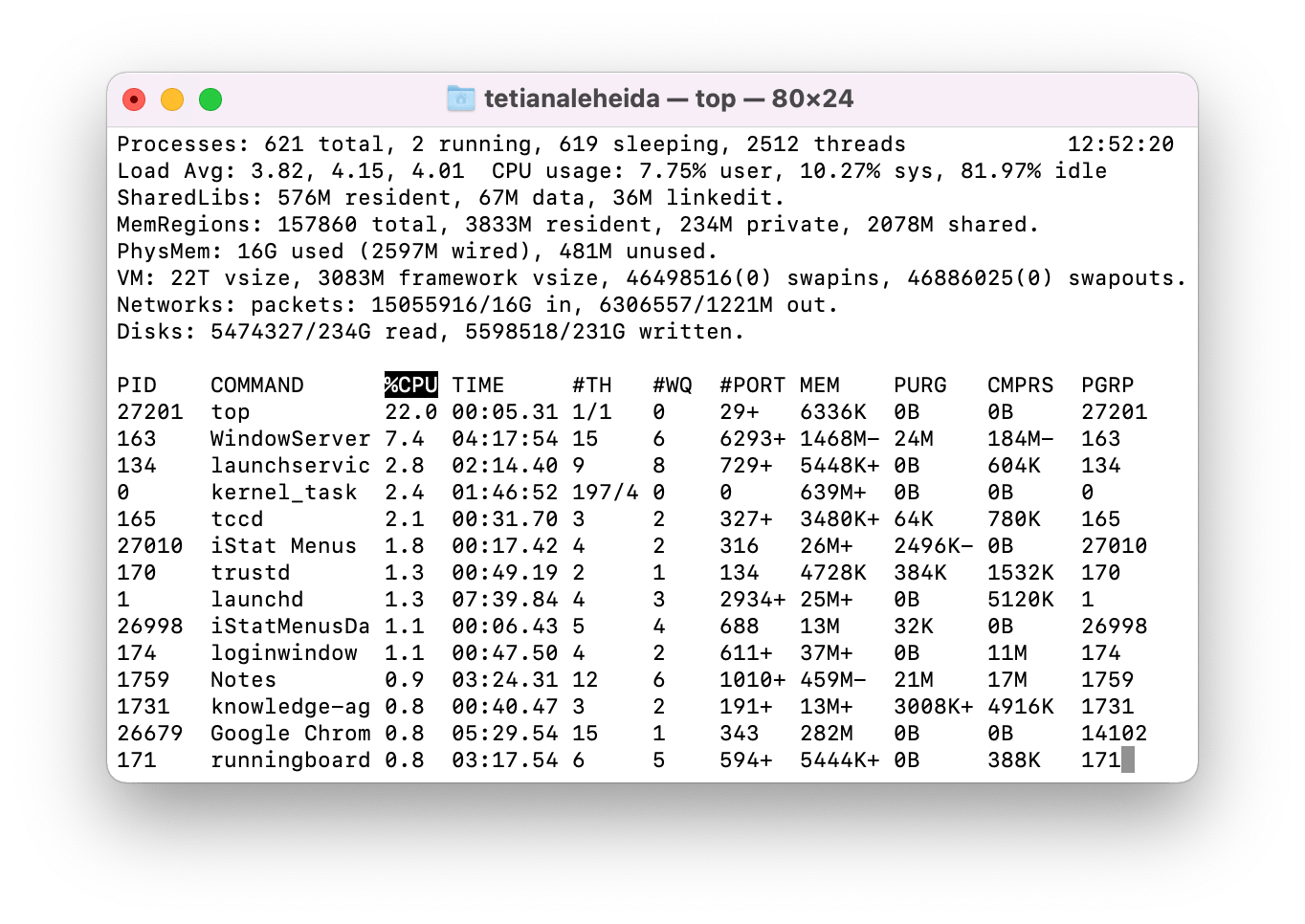


Similarly, if we want to kill all the processes on port 443 then we will run the following command. In the following example we are killing all the processes running on port 80. To kill all the processes running on a particular port we run the following command kill -9 $(lsof -t -i :PORT_NUMBER). Kill all the processes running on a given port In the following example we are killing all the processes belonging to user johndoe. To kill all the processes belonging to a particular user we run the following command kill -9 $(lsof -t -u username). Kill all processes belonging to a given user To list all the UDP connections we run the following command. To list all the TCP connections we run the following command. In the following example we are listing all the processes running on port 80 and 443. To list all the processes running on a set of port numbers we use the following command lsof -i :PORT1,PORT2. List all the process running on a given ports In the following example we are listing all the process running on port 443. In the following example we are listing all the processes running on port 80. To list all the process running on a given port we use the following command lsof -i :PORT_NUMBER. List all the process running on a given port In the following example we are listing all the open files with PID 1 and 2. command where PID1, PID2 are the PID values. If we want to list all the open files from a set of PIDs then we run the lsof -p PID1,PID2. In the following example we are listing all the process with PID 1. In case the files are not getting listed properly then we can add sudo to the command like sudo lsof -p PID. To list all the open files for a given PID we run the lsof -p PID command. To list all the IPv6 network files that are open we run the following command. To list all the IPv4 network files that are open we run the following command. In the following example we are listing all the files opened by user yusufshakeel. To know your username run whoami command. To list all the files opened by a user we use lsof -u username command where username is the name of the user. Value for TYPE column can be the following. There are other modes as well like r for read and w write. The FD column stands for file descriptor.įD column can also have values like 1u. Lsof 239 yusufshakeel cwd DIR 1,4 736 2 / We run the lsof command to list all the open files.ĬOMMAND PID USER FD TYPE DEVICE SIZE/OFF NODE NAME In this tutorial we will learn about lsof command.


 0 kommentar(er)
0 kommentar(er)
